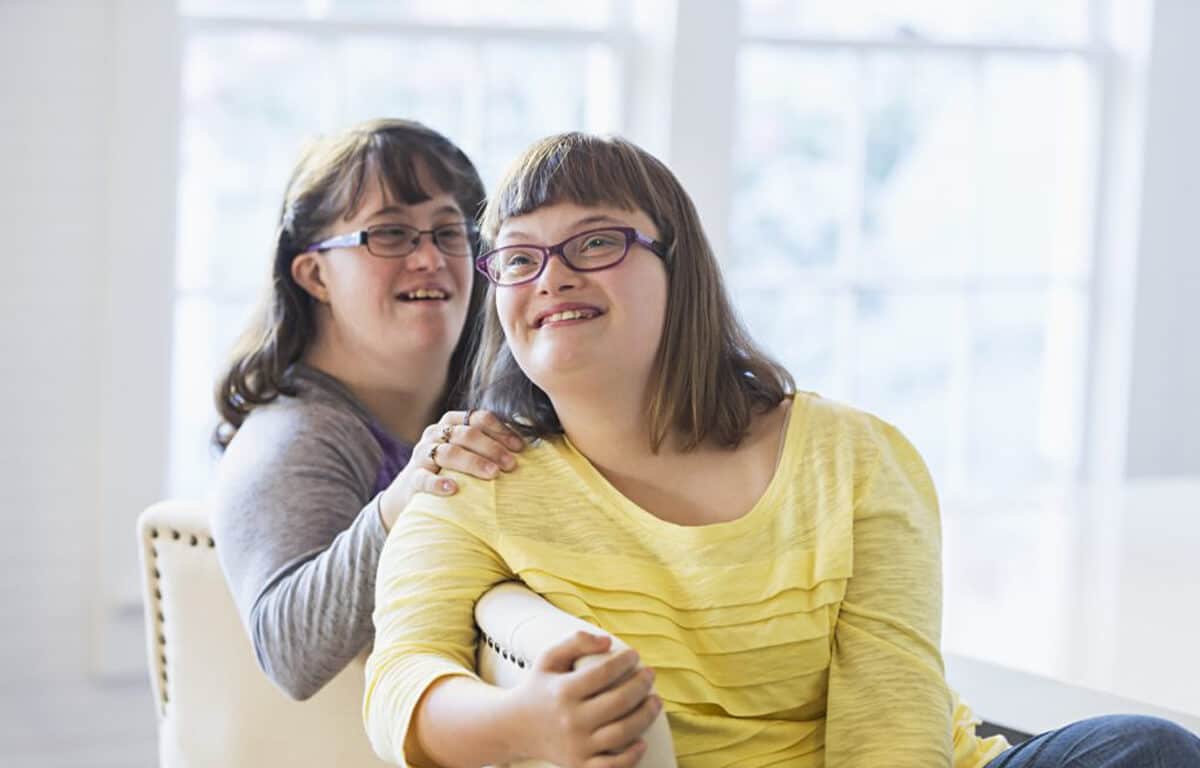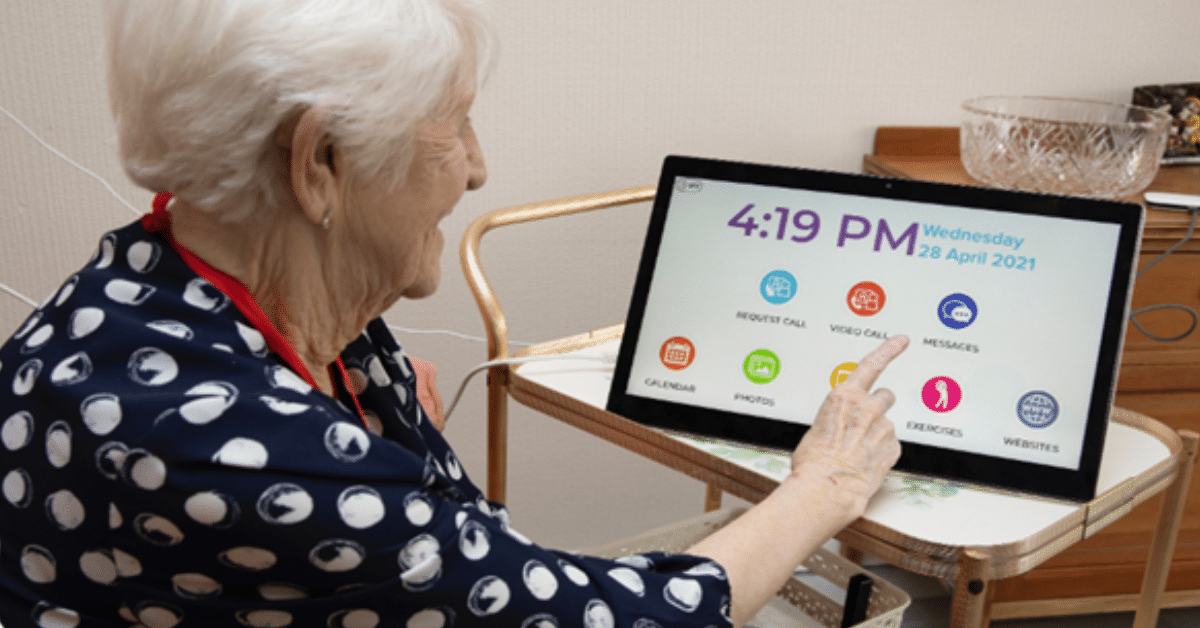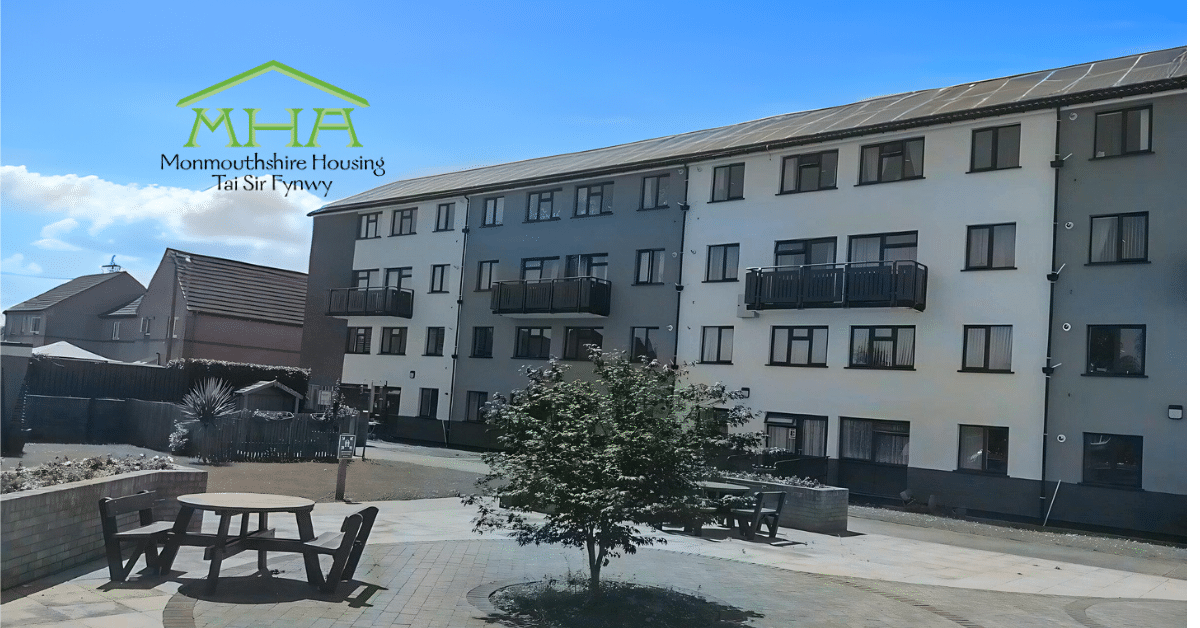Anna lives in sheltered accommodation. She is a young lady who has a learning disability coupled with complex needs. She is diagnosed with epilepsy and can have multiple seizures each day.

When indoors Anna either uses a walking frame for stability and currently has a staff member with her at all times due to the risk that she may have a seizure and that staff may be unaware that it has occurred.
Anna has stated that she would like to spend time in the day time resting on her bed listening to music, however, staff members are concerned about the risk of seizures when she is alone.
A telecare assessment was carried out and equipment identified which could help to manage the risks. Anna now wears a Vibby wrist-worn automatic fall detector in the daytime. There is an epilepsy sensor installed in her bed. Both devices alert to a Care Assist pager which Anna’s key worker carries.
With the telecare in place, staff now allow Anna to mobilise independently within the home. Should she suffer a fall (which may be associated with a seizure), her key worker will be alerted by the pager and can go and assist.
In addition, Anna is now permitted to spend short periods of time unsupervised in her room (as long as she rests on her bed) as staff will be alerted by the pager if she starts to have an epilepsy seizure.
The introduction of telecare has helped to manage the risks as well as reducing the amount of one-to-one supervision which previously had to be provided. This has resulted in a substantial cost saving for the home. It has also enabled Anna to have more choice regarding the amount and type of support she receives.

